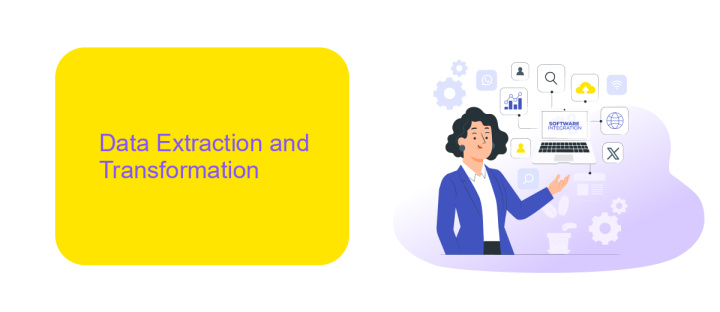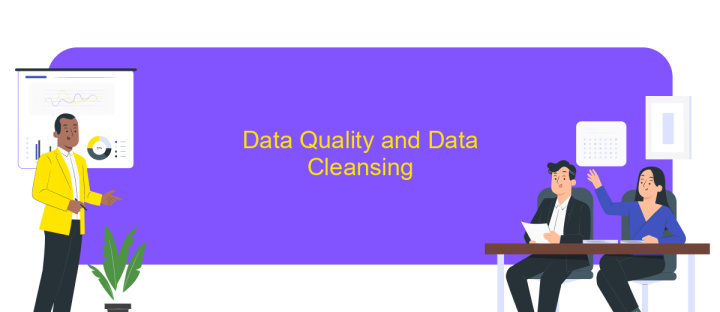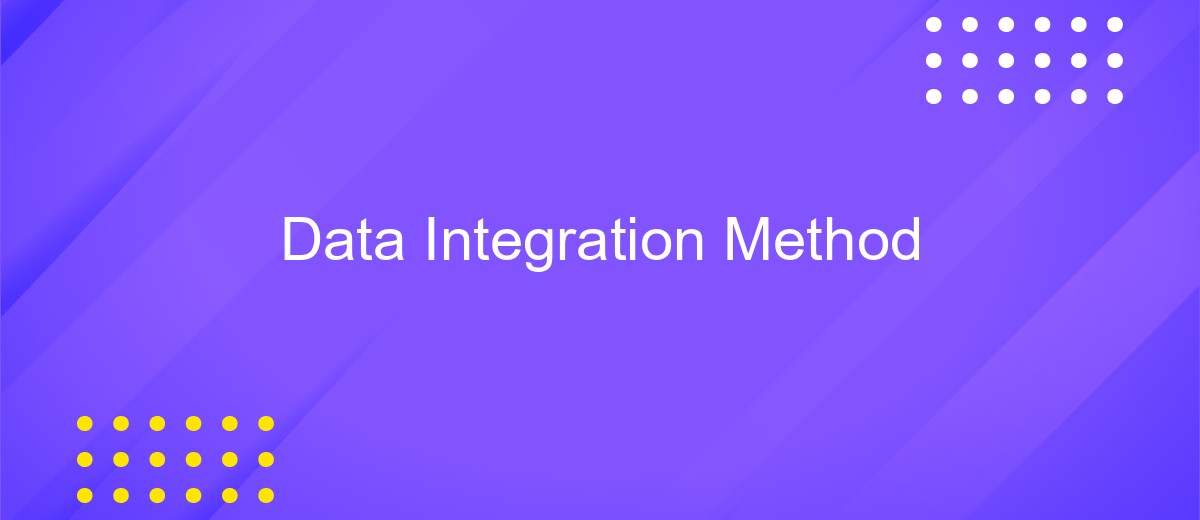Data Integration Method
Data integration is a critical process in modern enterprises, enabling the seamless combination of data from diverse sources into a unified view. This article explores various data integration methods, highlighting their benefits, challenges, and practical applications. From ETL (Extract, Transform, Load) processes to real-time data streaming, understanding these methods is key to leveraging data for informed decision-making and operational efficiency.
Introduction
Data integration is a critical process in the realm of data management, enabling organizations to consolidate information from disparate sources into a unified view. This process is essential for ensuring data consistency, improving decision-making, and enhancing operational efficiency. As businesses increasingly rely on data-driven strategies, the importance of effective data integration methods cannot be overstated.
- Ensures data consistency across platforms
- Facilitates comprehensive data analysis
- Improves decision-making processes
- Enhances operational efficiency
Various methods and technologies have been developed to address the challenges of data integration, ranging from traditional ETL (Extract, Transform, Load) processes to modern data virtualization and cloud-based solutions. The choice of method depends on factors such as data volume, complexity, and the specific needs of the organization. Understanding these methods is crucial for implementing a robust data integration strategy that aligns with business goals.
Data Extraction and Transformation

Data extraction involves retrieving raw data from various sources, such as databases, APIs, and flat files. This process is crucial as it sets the foundation for subsequent data transformation and integration tasks. Efficient extraction requires understanding the structure and format of the source data, as well as employing the right tools and methods to ensure data integrity and minimize latency. Tools like ApiX-Drive can simplify this process by providing seamless connectivity to a wide range of data sources, allowing for automated and scheduled data extraction.
Once the data is extracted, it needs to be transformed to fit the target system's requirements. Data transformation involves cleaning, normalizing, and enriching the data to ensure consistency and usability. This step may include tasks like removing duplicates, correcting errors, and converting data types. ApiX-Drive can also facilitate this process by offering pre-built transformation templates and real-time data processing capabilities, ensuring that the data is ready for integration and analysis. By leveraging such tools, organizations can streamline their data workflows and enhance overall efficiency.
Data Quality and Data Cleansing

Data quality is a critical aspect of data integration, ensuring that the information used is accurate, consistent, and reliable. Poor data quality can lead to erroneous insights and flawed decision-making. Therefore, maintaining high data quality is essential for successful data integration projects.
- Data Profiling: Analyze data sources to understand the structure, relationships, and quality of the data.
- Data Standardization: Convert data into a common format to ensure consistency across different sources.
- Data Deduplication: Identify and remove duplicate records to avoid redundancy.
- Data Validation: Implement rules to ensure data meets predefined criteria and business rules.
- Data Enrichment: Enhance data quality by adding missing information from external sources.
Data cleansing is a vital process that involves detecting and correcting errors and inconsistencies in data to improve its quality. By implementing robust data cleansing techniques, organizations can ensure that their integrated data is accurate, reliable, and ready for analysis. This ultimately leads to more informed decision-making and better business outcomes.
Data Integration and Harmonization

Data integration and harmonization are critical processes for ensuring that disparate data sources can be combined and analyzed effectively. These processes involve collecting data from various sources, transforming it into a consistent format, and ensuring that it is accurate and reliable.
Harmonization, on the other hand, focuses on resolving discrepancies and aligning data from different systems to create a unified dataset. This step is crucial for maintaining data integrity and enabling meaningful comparisons across datasets.
- Data collection from multiple sources
- Transformation into a consistent format
- Resolution of discrepancies
- Alignment of data elements
- Ensuring data accuracy and reliability
By integrating and harmonizing data, organizations can gain comprehensive insights and make informed decisions. These processes are essential for achieving a holistic view of the data landscape and leveraging the full potential of the available information.


Data Management and Governance
Effective data management and governance are crucial for ensuring the integrity, accessibility, and security of data across an organization. Establishing clear policies and procedures for data handling, storage, and sharing helps maintain data quality and compliance with regulatory requirements. A robust governance framework includes defining roles and responsibilities, implementing data stewardship programs, and utilizing technology solutions for monitoring and controlling data usage.
Integrating data from various sources can be complex, but tools like ApiX-Drive simplify this process by automating data workflows and ensuring seamless connectivity between different systems. ApiX-Drive offers a user-friendly interface for setting up integrations, allowing organizations to synchronize data efficiently without extensive technical knowledge. This enhances data consistency and reliability, supporting better decision-making and operational efficiency. Adopting such tools as part of a comprehensive data management strategy ensures that data remains a valuable asset for the organization.
FAQ
What is Data Integration?
Why is Data Integration important?
What are the common challenges in Data Integration?
How can automation help in Data Integration?
What should I consider when choosing a Data Integration tool?
Apix-Drive will help optimize business processes, save you from a lot of routine tasks and unnecessary costs for automation, attracting additional specialists. Try setting up a free test connection with ApiX-Drive and see for yourself. Now you have to think about where to invest the freed time and money!

